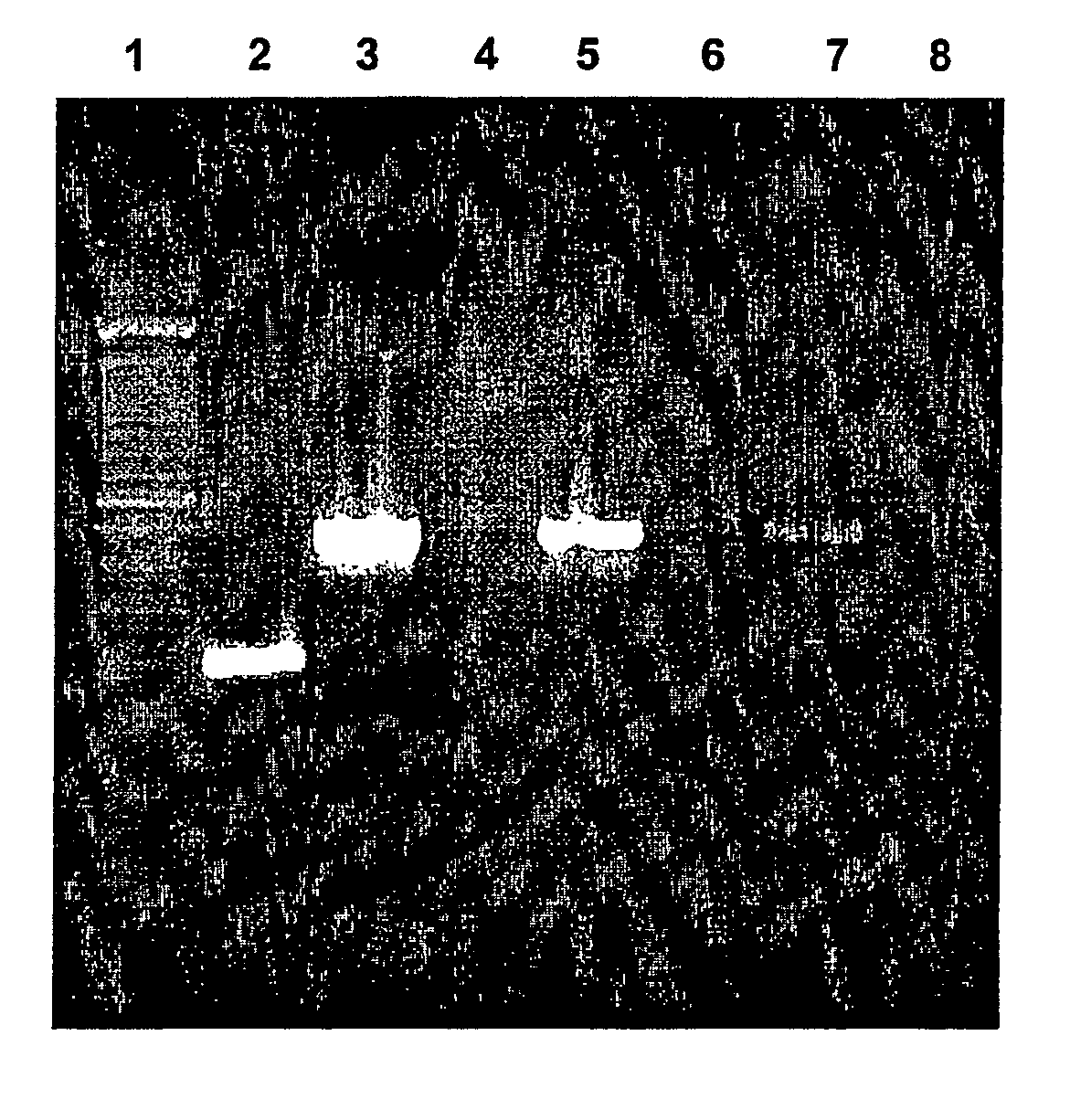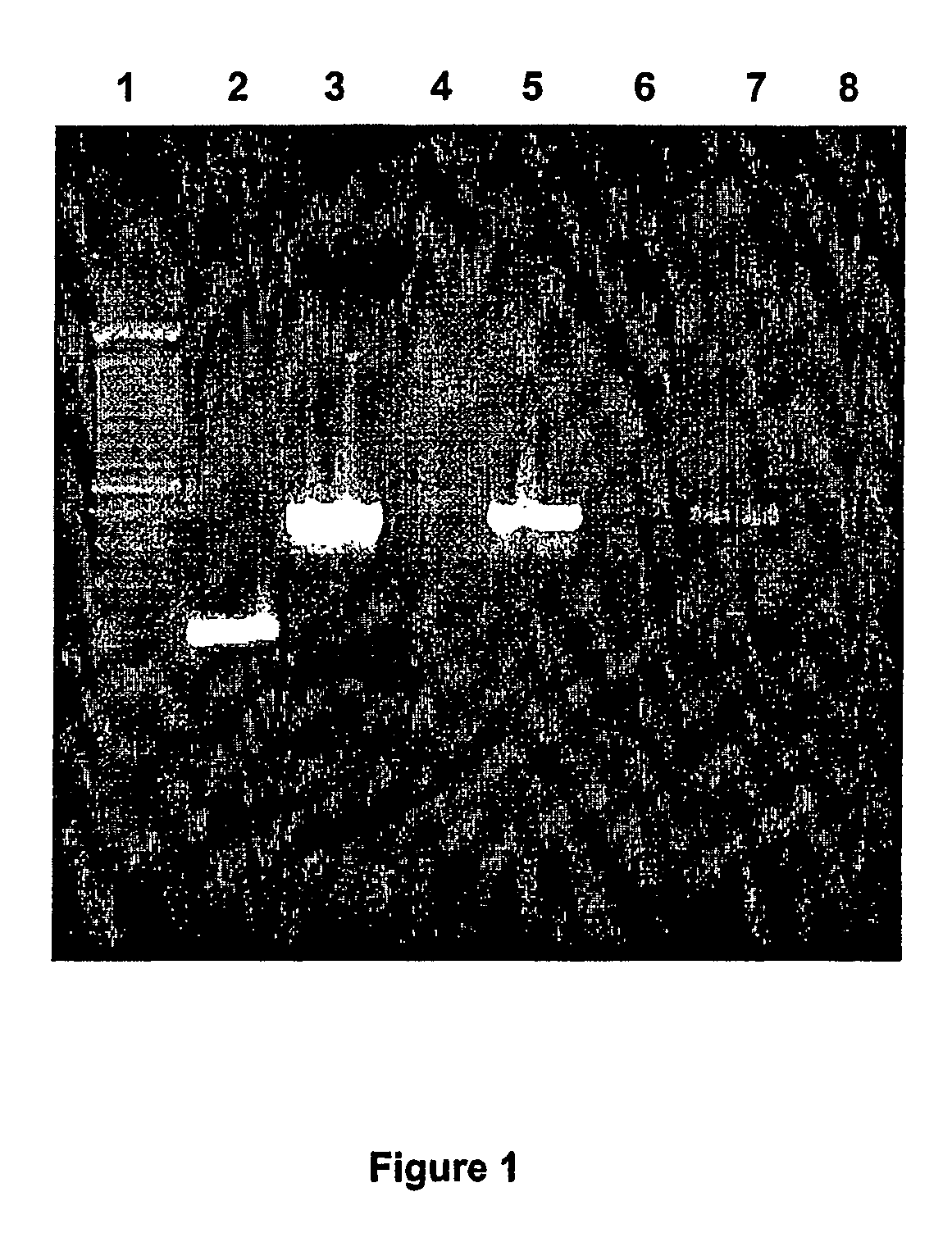Method for isolating hepatocytes
a hepatocyte and isolating technology, applied in animal cells, material analysis, antibody medical ingredients, etc., can solve the problems of limiting the availability of donor tissue, the potential for graft rejection, the cost of the procedure, and the limiting factor of liver transplantation, etc., to achieve the effect of reducing or allotting at least one symptom of a liver disorder
- Summary
- Abstract
- Description
- Claims
- Application Information
AI Technical Summary
Benefits of technology
Problems solved by technology
Method used
Image
Examples
example 1
Harvesting Hepatocytes Following Liver Resection
[0054] Five patients who underwent liver resection for liver metastases had their hepatocytes harvested. The study was approved by the Ethics Committee at St George Hospital, New South Wales, Australia (Approval No. 01 / 123). Details of the location of metastases in these patients and the resections performed are detailed in Table 1.
TABLE 1Details of liver resectionsPatientPrimaryDate of liverSegmentTumour size(sex)carcinoma1resectionresected(cm)1 (F)CRC2 - Mar 01April 20034 4 × 3 × 22 (M)CRC - Nov 00May 20022, 3 & 4 4 × 4 × 2(harvesting 2 + 3)3 (F)CRC - Nov 00April 20022, 3 2 × 2 × 1.54 (M)CRC - Apr 01May 20022, 3 & 7 2 × 2.5 × 2(harvesting 2 + 3)4.5 × 2.7 × 25 (M)PancreaticMay 20025, 6 2 × 2 × 1Cancer. - Apr01
1including date of diagnosis
2CRC—colorectal cancer
[0055] Following liver resection, the resected liver segment was transferred to a sterile back table in theatre. A second surgical team resected the tumour, which was th...
example 2
Isolation of Tumour-free Hepatocytes
[0057] Following harvesting of viable hepatocytes (Example 1) the hepatocytes are isolated from the associated tumour cells. The immunomagnetic method described by Flatmark et al. (Clinical Cancer Research 8:444-449, 2002) was used to isolate the tumour cells employing superparamagnetic 4.5μm beads (Dynabeads M450; Dynal, Oslo, Norway) coated with the MOC31 monoclonal antibody. MOC31 recognises the Ep-CAM antigen, which is present on the surface of most epithelial cells and in particular is highly expressed in colorectal cancers.
[0058] Five million hepatocytes were mixed with one million HT29 colorectal cells in lml of phosphate buffered saline (PBS). 200 μl of Dynabeads M450 were suspended in 1 ml of PBS and 20 μl of MOC31 antibody added. The suspension was incubated at 4° C. for 30 minutes, following which the mixture of Dynabeads coated with MOC31 was added to a tube containing the hepatocytes plus HT29 cell mixture making the total volume up...
example 3
Confirmation of Isolation of Tumour-free Hepatocytes
[0059] Following the removal of tumour cells by MOC31 coated immunomagnetic beads (Example 2), the hepatocyte preparation was analysed for any remaining tumour cells using RT-PCR for the detection of expression of the epithelial cell adhesion molecule (Ep-CAM) gene. Ep-CAM is a useful cell surface marker, being expressed on the surface of most epithelial cells. and tumour cells, including HT29 cells. The sensitivity of RT-PCR in the detection of tumour cells on the basis of Ep-CAM gene expression is approximately 10 tumour cells per 107 non-tumour cells (Sakaguchi, M et al., Brit J Cancer 79:416422, 1999).
[0060] The following primers were used for RT-PCR analysis:
Sense strand:5′-GAACAATGATGGGCTTTATGA-3′Antisense strand:5′-TGAGAATTCAGGTGCTTTTT-3′
[0061] Successful PCR amplification of EP-CAM using these primers produces a product of 515bp.
[0062] Hepatocytes were harvested as described in Example 1. Hepatocytes were then mixed wi...
PUM
| Property | Measurement | Unit |
|---|---|---|
| magnetic | aaaaa | aaaaa |
| superparamagnetic | aaaaa | aaaaa |
| disorder | aaaaa | aaaaa |
Abstract
Description
Claims
Application Information
 Login to View More
Login to View More - R&D
- Intellectual Property
- Life Sciences
- Materials
- Tech Scout
- Unparalleled Data Quality
- Higher Quality Content
- 60% Fewer Hallucinations
Browse by: Latest US Patents, China's latest patents, Technical Efficacy Thesaurus, Application Domain, Technology Topic, Popular Technical Reports.
© 2025 PatSnap. All rights reserved.Legal|Privacy policy|Modern Slavery Act Transparency Statement|Sitemap|About US| Contact US: help@patsnap.com



